The Israel-Palestine conflict is a complex and longstanding geopolitical issue that has shaped the Middle East for decades. Its roots can be traced back to ancient times, but the modern conflict originated in the late 19th and early 20th centuries. Here’s a simplified timeline of major events that have defined this contentious relationship.
Table of Contents
The Rise of Zionism (Late 1800s)

The late 19th century witnessed the birth of a significant Jewish nationalist movement known as Zionism. Founded by Theodor Herzl and other visionaries, Zionism aimed to address the widespread anti-Semitism faced by Jews in Europe.
The movement’s primary objective was the establishment of a Jewish homeland in Palestine, a region with deep historical and religious ties for Jews. As pogroms and persecutions increased in Europe, notably in Russia and Eastern Europe, more Jews sought refuge in Palestine, bolstering the Zionist cause.
The Balfour Declaration (1917)
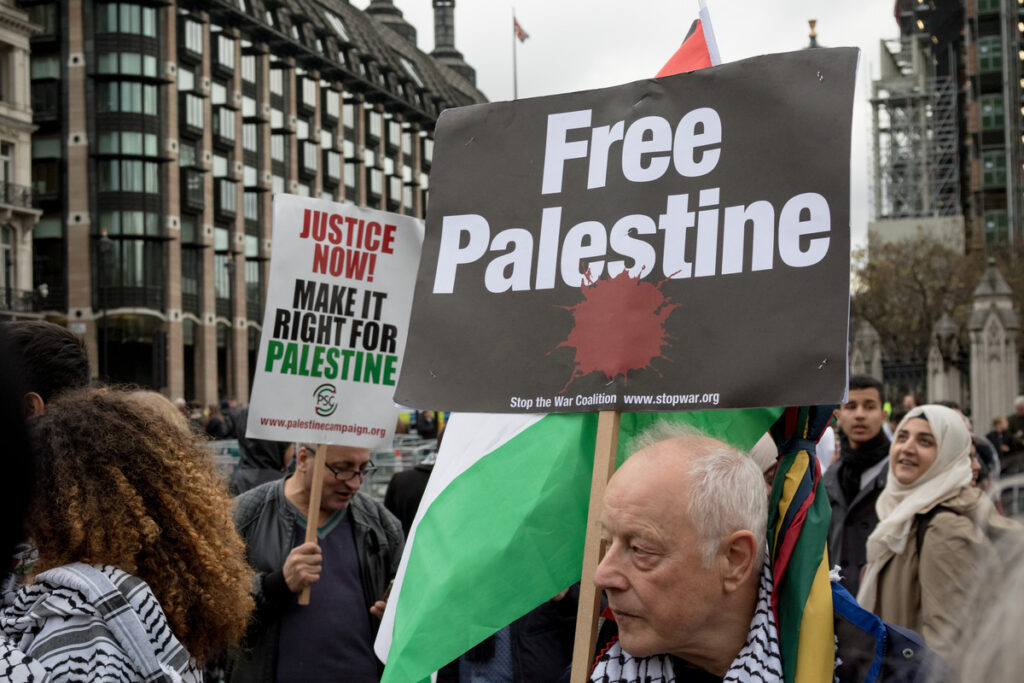
Amidst the turbulence of World War I, the British government, under Foreign Secretary Arthur Balfour, made a groundbreaking proclamation. The Balfour Declaration expressed Britain’s support for the establishment of a “national home for the Jewish people” in Palestine.
However, the wording was ambiguous. While it acknowledged the cultural and civil rights of existing non-Jewish communities, it stopped short of granting them political rights. This omission would lay the groundwork for future conflicts.
UN Partition Plan (1947)
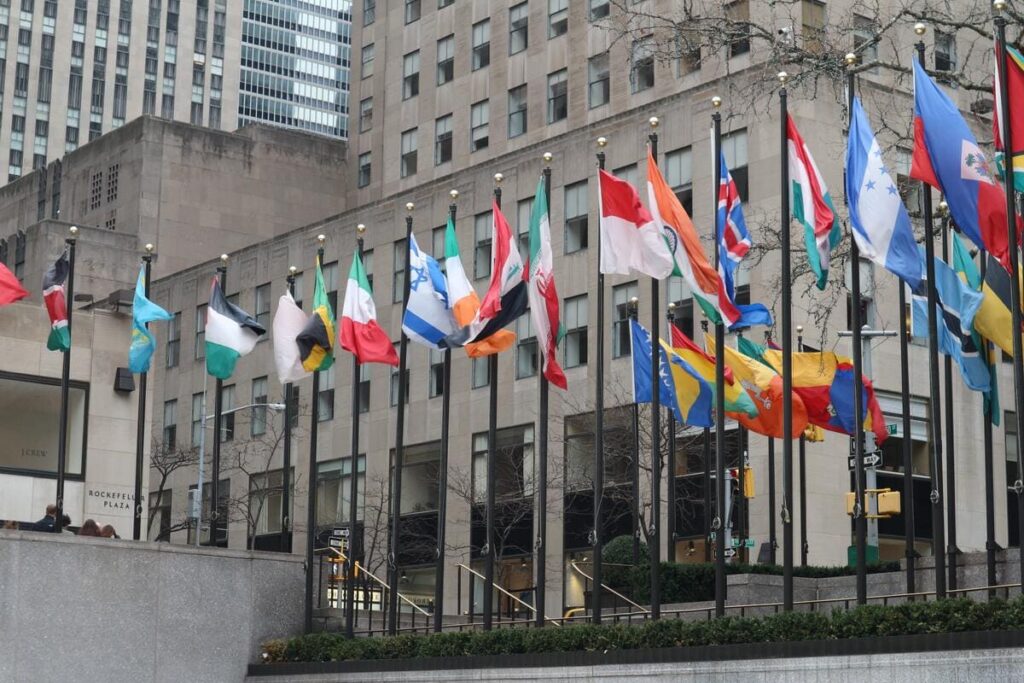
The aftermath of World War II and the revelation of the Holocaust’s horrors expedited the call for a Jewish homeland. Recognizing the escalating tensions between Jews and Arabs in Palestine, the United Nations intervened with a solution.
They proposed a partition plan to divide Palestine into separate Jewish and Arab states, with Jerusalem designated as an international city. Jewish leaders, seeing an opportunity to realize their long-held dream, accepted the plan.
However, the Arab leadership, feeling slighted by the division, rejected it outright.
The Birth of Israel (1948)

In a historic move on May 14, 1948, David Ben-Gurion declared the establishment of the State of Israel. This proclamation was not without opposition. Almost immediately, neighboring Arab countries, including Egypt, Syria, Jordan, and Iraq, invaded the newly-formed state.
The ensuing conflict, known as the 1948 Arab-Israeli war or War of Independence, saw Israel not only defend its sovereignty but also expand its territories beyond the boundaries set by the UN partition.
The Six-Day War (1967)

The geopolitical landscape of the Middle East underwent a dramatic transformation in June 1967.
Tensions had been brewing between Israel and its Arab neighbors, culminating in a pre-emptive strike by Israel. Over six days, Israel’s military might was on full display.
They captured the West Bank from Jordan, the Gaza Strip and Sinai Peninsula from Egypt, and the Golan Heights from Syria. The ramifications of this war were immense. It redrew the region’s map, brought a significant Palestinian population under Israeli control, and sowed the seeds for future confrontations.
The Yom Kippur War (1973)

On October 6, 1973, during the sacred Jewish holiday of Yom Kippur, Israel faced a coordinated surprise attack from two of its main adversaries: Egypt and Syria. Egypt launched an assault to reclaim the Sinai Peninsula, while Syria aimed to recapture the Golan Heights. The war saw initial gains by the Arab forces, catching Israel off-guard.
However, with swift mobilization and strategic maneuvers, Israel managed to turn the tide. By the end of the war, Israeli forces stood just 40 kilometers from Egypt’s capital, Cairo, and within striking distance of Syria’s capital, Damascus.
The war’s aftermath highlighted the need for diplomacy, leading to the Camp David Accords and a peace treaty between Israel and Egypt.
Oslo Accords (1993-1995)
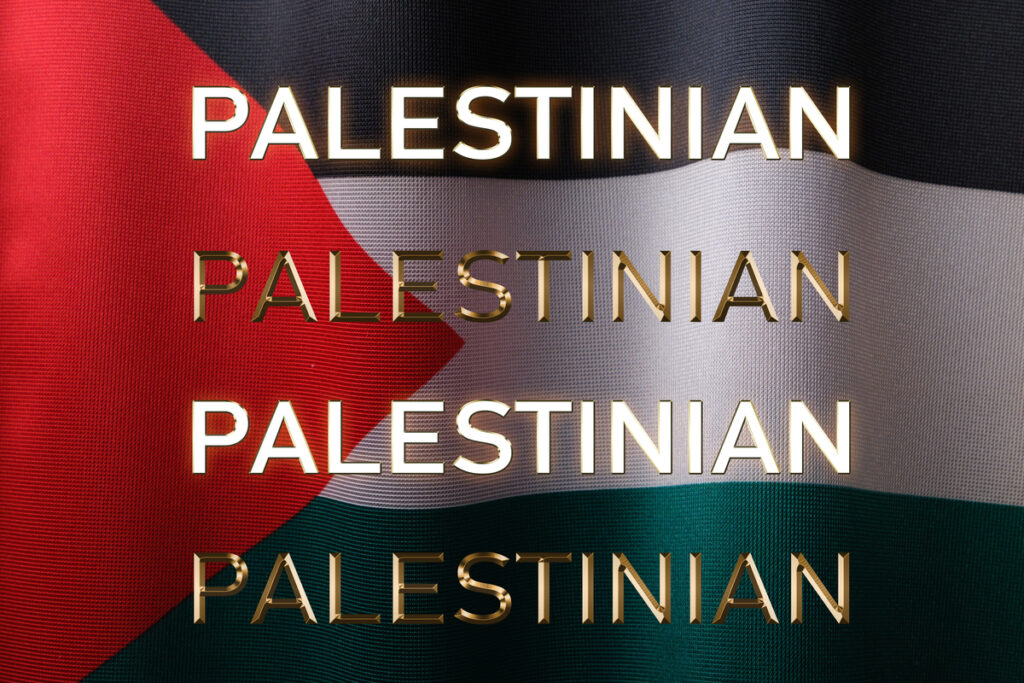
In the early ’90s, covert negotiations between Israel and the Palestine Liberation Organization (PLO) culminated in the signing of the Oslo Accords. Facilitated by Norway, the accords marked a pivotal shift in the approach to the Israel-Palestine conflict.
The agreements outlined a roadmap for Palestinian self-governance in parts of the West Bank and Gaza Strip and set the framework for further negotiations on a permanent status agreement. While the accords brought hope for a peaceful resolution, they also faced significant opposition from hardliners on both sides.
Intifadas and Wall Construction (2000s)
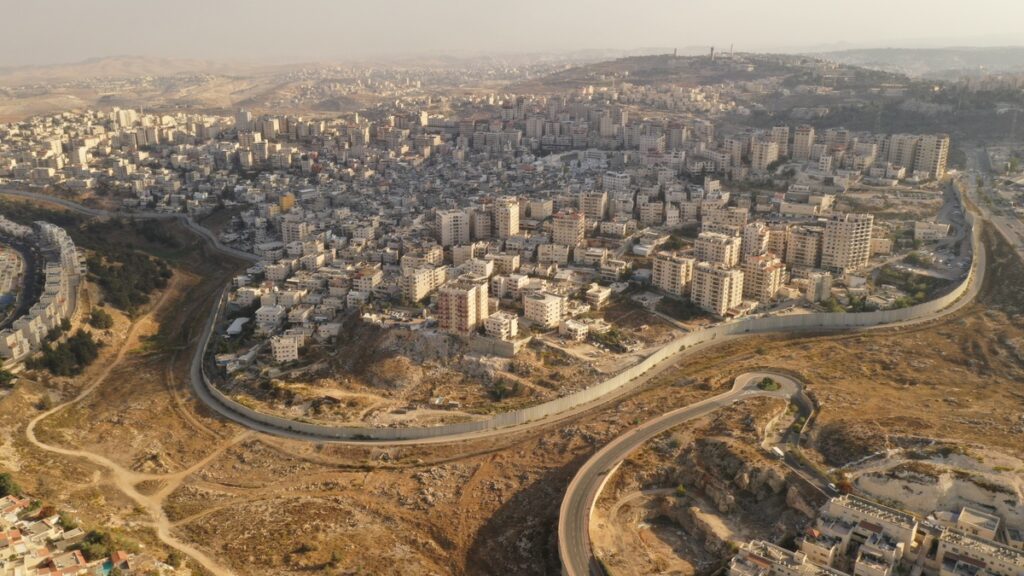
The turn of the millennium saw a renewed surge in violence. The Second Intifada, or uprising, erupted in 2000 following a controversial visit by Israeli politician Ariel Sharon to the Temple Mount.
This prolonged period of conflict resulted in significant casualties on both sides. In response to a wave of suicide bombings and to address its security concerns, Israel started constructing a barrier in 2002.
Often referred to as the “West Bank Barrier” or “Security Fence,” its construction remains a contentious issue, with Palestinians viewing it as a land grab.
2014 Conflict
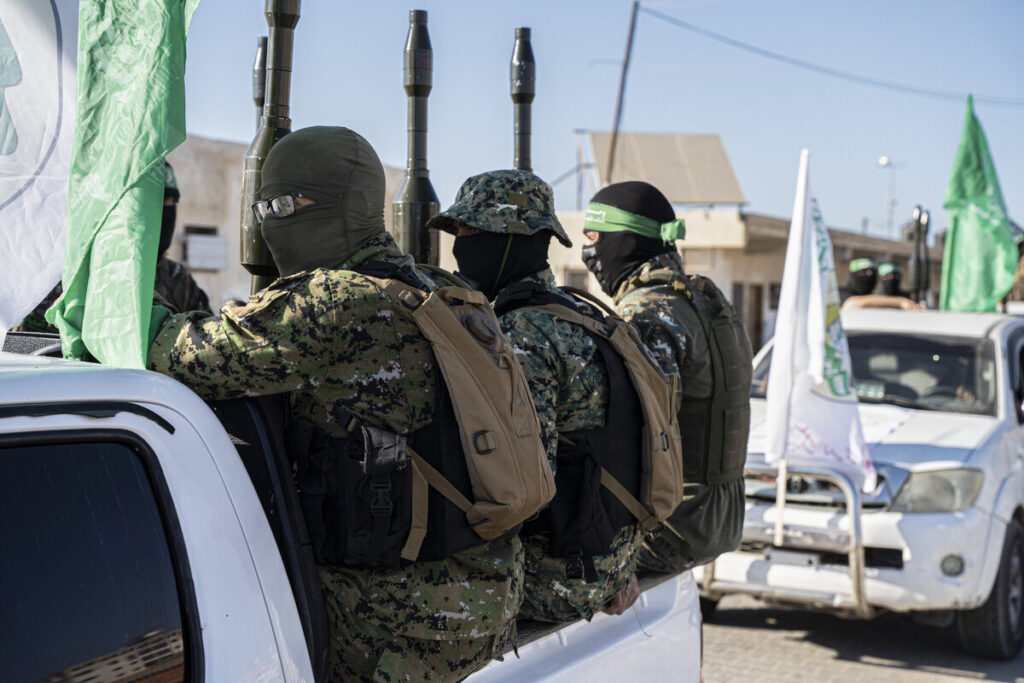
In 2014, tensions reached a boiling point leading to a 50-day war between Israel and Hamas, the governing body in the Gaza Strip.
Triggered by the kidnapping and murder of three Israeli teenagers and the subsequent revenge killing of a Palestinian teenager, the conflict saw extensive airstrikes and rocket attacks. Both sides suffered casualties, with civilians bearing the brunt of the violence.
Ongoing Tensions

The Israel-Palestine conflict is far from resolved. While there have been multiple attempts at peace talks and negotiations, deep-seated mistrust and disagreements on core issues persist.
Settlement expansions, territorial disputes, and religious sensitivities continue to fuel tensions. Periodic flare-ups and clashes underscore the volatility of the situation and the urgent need for a lasting solution.
Understanding the multifaceted nature of the Israel-Palestine conflict requires a deep dive into each of its pivotal moments. As the search for peace continues, it’s crucial to remain informed and empathetic to the narratives of all involved.
The Israel-Palestine conflict is deeply rooted in history, religion, and territorial claims. It’s a story of two peoples, both with deep ties to the same land. While the timeline above provides a snapshot, the full story is much more intricate. As with many conflicts, understanding the past is crucial for forging a peaceful future. Let’s hope that both sides find a path to lasting peace built on mutual respect and coexistence








